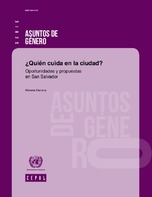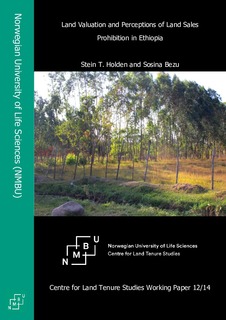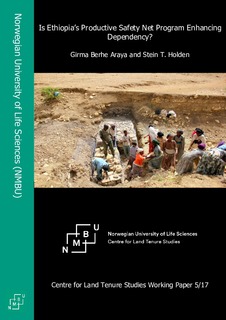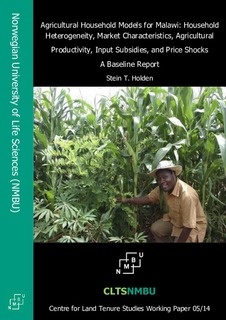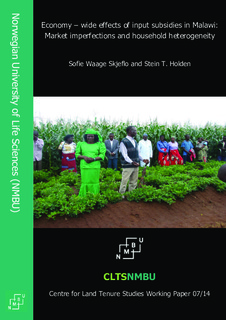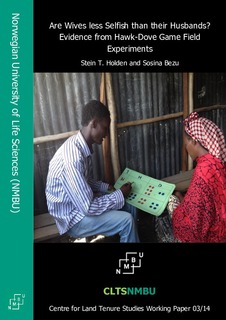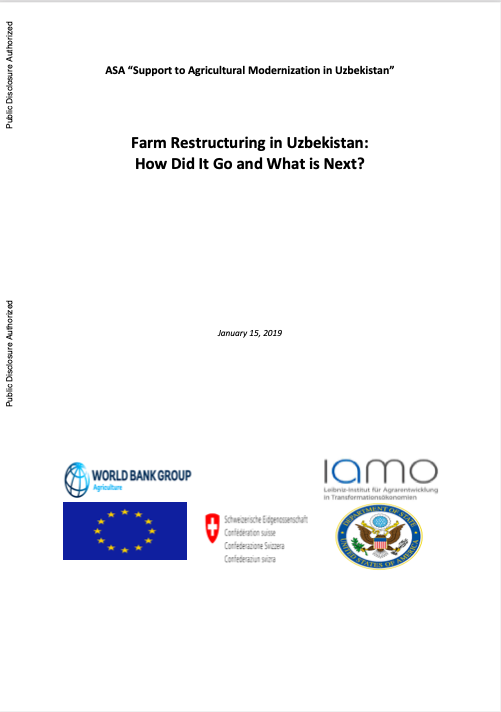Ciclos de vida de la propiedad y del hogar, mercados y cambios en el uso y la cobertura de la tierra en la Amazonia brasileña
Las etapas iniciales del asentamiento fronterizo en la Amazonia brasileña se caracterizaron
por la gran intensidad de la afluencia de flujos migratorios, la deforestación y la rotación
de la propiedad. Cuarenta años más tarde, los hogares rurales están más orientados
al mercado y han desarrollado estrategias para adaptarse al ambiente local. A partir
de teorías sobre la demografía de los hogares y de la renta ofertada (bid-rent), en este
trabajo se propone un marco conceptual para los cambios en el uso y la cobertura de


